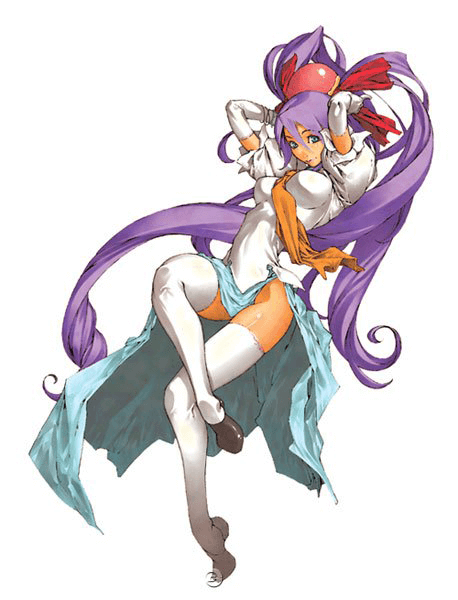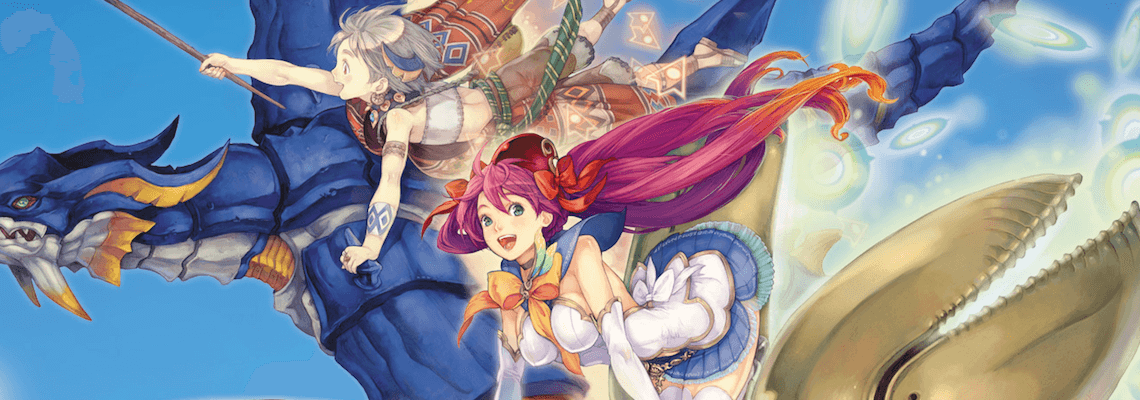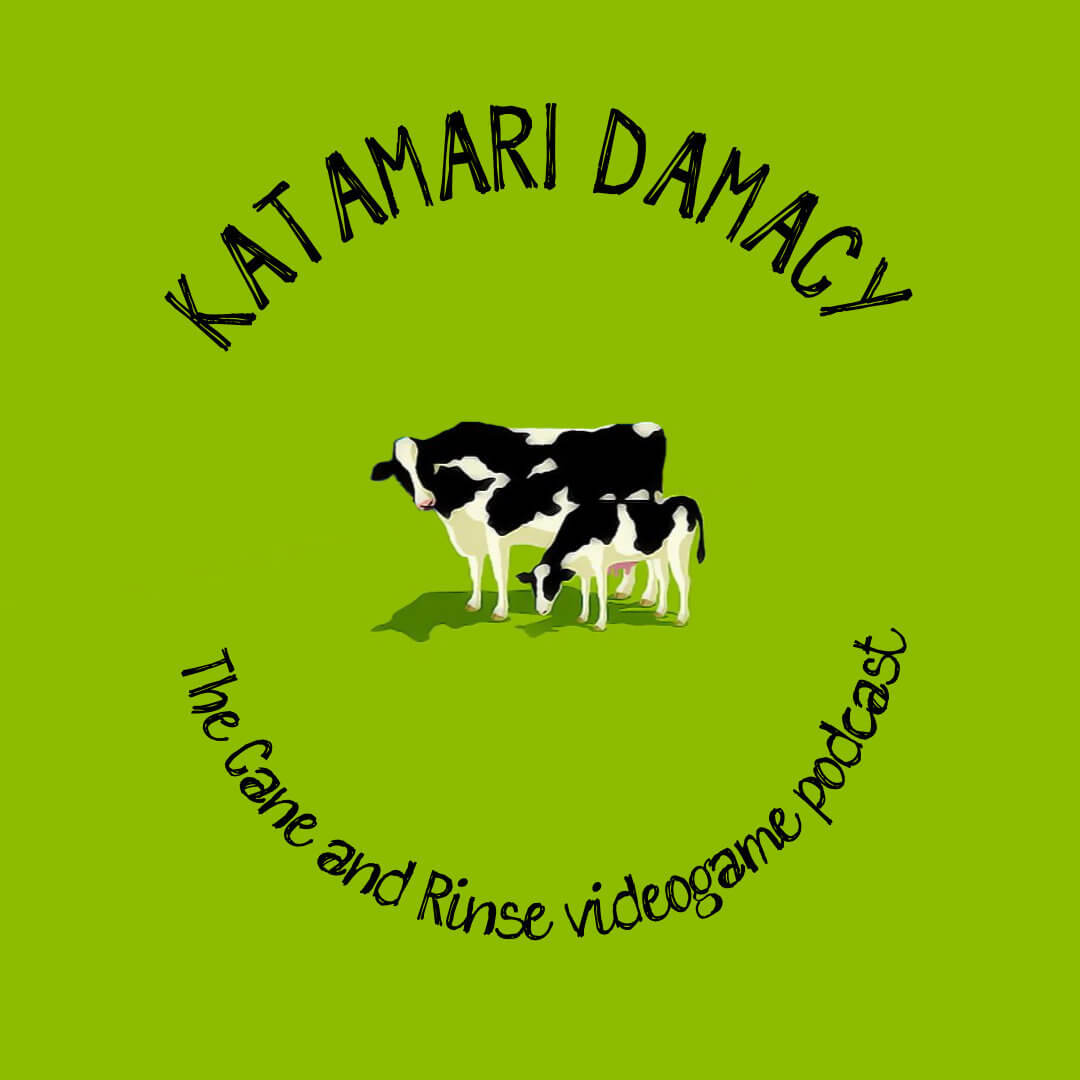Cave-developed “bullet hell” shooters inhabit one of those niches which exist on the periphery of gamers’ awareness, but which you could go your whole life as a player without ever even seeing a screenshot of.
I’m aware of their status (according to many) as the Rolls Royce of old-school bullet hell games, and my friend Stephen has been doing his best to evangelise me for years.
But on top of certain alienating aesthetic elements that have always put me off, I’ve never owned an Xbox 360 or an iPad, and I don’t care enough about MAME to invest time getting it running, so these have always sat on the back-burner.
I’ve enjoyed a few other bullet hell shooters; I sunk a fair amount of time into Danmaku Ultimate 2 on my phone, and I really like the idea of Jamestown: Legend of the Lost Colony and Treasure’s famous Ikaruga, even if I rarely possess the inclination to actually play them.
Then Mushihimesama (affectionately known as Mushi, and also known by its Anglicised name, Bug Princess) hit Steam and I noticed Cane and Rinse had made a podcast about them, so I thought I’d pick it up and join in the conversation.
These, therefore, are my first impressions of a game developed by CAVE Interactive CO.,LTD.
Entering onto the main menu, there is a selection of several arrangements for the game. The most fitting setting, Novice, has a ‘cheesecake’ drawing of a purple haired anime girl on its icon.
I roll my eyes at this, one of the very first things I see in this game.
Past this, the main play-space appears. The middle vertical third is taken up by the action, bordered on both sides, accommodating the (crucial to gameplay) aspect ratio of the original arcade machine upon which this game originated.
The entire left-side of this border is taken up by what can only be described as a centrefold of the same character as before. This is how it introduces us to Reco, our heroine.

It was the first time I found myself exclaiming out loud, “what is this anime bullshit?”, but it wasn’t the last.
She appears to be wearing a dress with individual socks in the chest for each boob and a hemline that takes her ‘dress’ up into shirt territory.
She’s splayed out in a weightless, directionless sort of way that doesn’t communicate action or personality as much as a vaguely playful compliance with being leered at.
It’s a pose and purpose with no purpose except to make her the object of the player’s gaze. And this being a game influenced by the Japanese doujin scene, Reco is meant to be 15 years old.
Now this opened up a whole host of questions for me:
“Why didn’t the folks at Cave draw her to look 15?”
“Why didn’t they write her to be the age they visually designed her to be?”
“Is the disconnect between her design/presentation and her age an amateurish mistake of characterisation, a matter of the writers and the artists not knowing what the other is doing, or do the developers at Cave consider her age and her sexpot presentation to be working in synergy?”
“Do they think their audience will get the same kick out of her age as of the overtly sexualised cheesecake exhibition?”
“Is that what Cave thinks of its audience?”
“Are they right?”
This is that alienating aesthetic element to which I earlier referred , and one that made me feel not only that Bug Princess isn’t a game for me, but that I’m not sure I’d want to be associated with those it is for.
Having listened to the Cave shmups issue of the Cane and Rinse podcast, apparently this is a recurring element of Cave’s games, and while the CaR guys did touch upon this, I think I have to grit my teeth and go further.
This game tries to appeal to you, the player, by sexualising a character they specifically decided would be a child.
The layout of the first screen of the main game is, unless you go into the options and change it, significantly devoted to Cave banking its game’s visual design on the idea that you find mid-teens sexy.
And I’m not sure they think only mid-teens themselves will be playing this.
Even then, adults sexualising children for other children isn’t okay either, but sexualising them for adults is something rather darker.
I don’t think that there is a context in which this is acceptable. Likewise, I don’t think the shame is in holding otherwise fun games accountable for this sort of thing.
The shame is in otherwise fun games doing this in the first place.
I think we have an ethical and critical obligation to examine it when it does happen, and let it weigh on our opinion of the overall experience as the severity of the content warrants.
Some will give this kind of thing “a pass” based on commonly held – but not necessarily accurate – beliefs held outside of Japan about that countries law and culture.
In particular that the legal age of consent in Japan is 13, rather than 16-18 as enacted by every prefecture in the country.
It is also possible to also ignore the fact that these games were made to be shipped abroad, to exist outside of Japanese law and culture.
My concern is that it’s all just mitigation around the fact that we don’t want to address how some otherwise great games are made with the belief that its players want to leer at children.
Usually objectification of women in games is a frustration, a crass symptom of sub-cultural myopia and immaturity.
By comparison, a single instance of sexualisation of a child is a disaster for the medium, and any instance of it going unremarked upon should be a source of shame for the broader gaming community.
And the gaming community has looked past far more than a single instance of I think we do need to address it when it happens: when in Metal Gear Solid: Peace Walker, Big Boss is presented with the opportunity to sleep with (or forcefully grope) someone he believes to be fifteen; when a host of Fire Emblem: Awakening characters can become romantically (and, by implication, sexually) involved with a character who, visually and in terms of personality, resembles an eight-year-old in an armoured bikini; and here in Bug Princess, where a completely tangential visual element takes the opportunity to serve up the body of a young girl.
As far as I’m concerned, a blank space would have been better.
How much a game has to right do for you in order to make up for the fact that it tried to appeal to you with the bodies of children is a personal decision.
However, it is one in which we all have a critical and moral obligation to honestly, unflinchingly participate.
Personally, Bug Princess does enough that while I will full-throatedly condemn this aspect of its aesthetic sensibilities, I can avoid it enough to find value in its other aspects, to the point where I can’t condemn the game as a whole (from what I know of Cave’s Deathsmiles, there is no way it could ever have enough value to make up for the way it treats and displays characters aged 11, 13 and 14 – it appears fundamentally irredeemable to me).
However, it isn’t off to a great start, so let’s move on to the parts of the game we shouldn’t all feel so bad about.
The other sensory aspects of the game did much better. The insect theme is clearly a coat of paint over the same spaceship game these have always been.
The sprite art, however, I found to be both gorgeous and functional; it draws your focus wherever necessary in elegant ways without compromising its spectacular visuals.
The music is perfectly fine boilerplate J-house, though I’m more partial to Blankfield’s Meshuggah-inspired Danmaku Ultimate 2 soundtrack.
In terms of mechanics, I believe that the game works spectacularly.
The “Bullet Hell Thing” – the moment just after clearing an impossible pattern of enemy fire where I feel like videogame Moses parting the Red Sea – is incredibly compelling, and Cave know how to draw that experience out.
The trick is challenge. Mushi has enough gradations of difficulty that you’ll immediately find something that challenges you without stopping you dead in your tracks.
Somewhere in this piece of software is a difficulty level where sometimes, often without entirely meaning to, you will do things that feel like miracles.
No other kind of game places victory so close to the jaws of defeat and expects you to snatch it so often as a bullet hell shooter, and that can make for an extraordinary level of moment-to-moment exhilaration.
And like a miracle is a suspension of natural law, every time you die, of course you died; you always know how the in-game world works and it was your fault for not being able to pull it out of the bag.
This difficulty wouldn’t work unless the game knew how to contextualise it and make it always seem worth the plunge, and that’s another great victory.
The game is constantly rewarding you with points and progress, enough that every sliver of gameplay feels gratifying and every setback is devastating.
The score meter rises so fast that, practically speaking, anything less than ten thousand points is meaningless, but dammit if watching the score race up doesn’t jab just the right parts of your brain to make the experience compelling.
Almost immediately, your score becomes something worth investing in and guarding jealously against the hordes of magic laser insects who want to take it from you.
Likewise, no horror game has ever instilled in me the dread of being down to my last life, close to beating my all-time high score and facing down a pink-purple wall of projectiles, without even a reset bomb to leave me limping away, score-potential decimated but still alive.
The expectations and parameters of the bullet hell genre are heavily codified – by Cave’s previous works, no less. Bug Princess is an exceptional execution of those genre conventions.
As such, most of the issues I have as a newcomer arise from the inhospitable nature of those conventions and the limitations they impose.
The most obvious is the fact that most of the depth of the game is found – or often, not found – in pursuit of high scores, a process which requires manipulation of the complex scoring mechanics, almost all of which are hidden and never explained.
The bullet hell genre’s opacity has given rise to a roaring community dedicated to picking its mysteries apart.
Ultimately, however, if the communal work of thousands of people could be rendered obsolete by a meaningfully informative tutorial or manual, I think it probably should be.
There’s a difference between being deep and withholding; this divide gets in the way of investment in Bug Princess.
It can be a challenge to get past the game’s disinterest in anyone who isn’t willing to commit to parsing the obfuscated systems and the bullet hell community’s insular subculture to get anything other than a fairly shallow experience out of it.
The story is the same way; I don’t view a narrative which requires homework to even slightly appreciate to be a good narrative.
The first piece of story this game imparts in a way people who don’t speak Japanese will understand is the ending; everything else is in the manual or, I assume, in untranslated shouts over the gameplay (which, for Western players, functionally means in a forum post buried somewhere on GameFAQs).
This ending then will mean little-to-nothing to anyone who didn’t do their homework first.
The worst part is that I didn’t even get the manual through Steam, and had to go even further afield to find out what the hell the game was trying to do.
Having done so, I can say that I reckon the story is just a lazy mess of nonsense, with a garbled, generic setting and background and no plot to speak of and not worth the time or energy investment.
This wouldn’t be a problem if Cave had left it out entirely, but drawing our attention to it at the very end makes its absence before then an active failure.
With a story as obviously ancillary as this, it rather makes you wonder why they bothered, other than because that’s what bullet hell shooters do.
This genre has weirdly involved stories which are only ever brought up in supplemental material but which it insists upon the importance of, and so Mushihimesama follows suit.
I’d be really curious to play a Cave shooter that isn’t so indebted to all these traditions.
Where the mechanical differences of the bullet hell shooter often come down to things like bullet size and the specifics of its hidden scoring mechanics, I can’t help but feel like the genre has a very limited range of experiences to offer.
Looking back, I have four bullet hell games I currently own, and I’m not really sure what would compel me to buy another.
The closest cultural space I can compare to the bullet hell genre is the metal/punk music genre ‘goregrind’, an entire micro-genre dedicated entirely to recreating the sound and aesthetic of the early career of the band Carcass.
I find myself thinking, I don’t need another record that sounds like Reek of Putrefaction, I’ve owned Reek of Putrefaction since I was fourteen and it still does me just fine, thanks.
It’s this bizarre insistence of extrapolating incrementally upon a very specific cultural item from the late eighties that wasn’t the most conceptually expansive piece to begin with.
This is half of why the insect theme of Bug Princess feels so revolutionary; it’s not another damn spaceship, even though beneath the coat of paint, it totally is.
Overall, however, despite its myriad issues and the outright necessity of changing the play-screen backdrop to avoid the creepy under-age sexualisation factor, I can see myself playing this game again.
It’s such a finely judged gameplay experience, so tuned to bring out brilliantly exciting and demanding moment-to-moment interaction that I can’t help but look forward to my next session with it.
My revulsion toward the game’s exploitation of child characters never went away and never stopped inhibiting my enjoyment of play; with the artwork in question tucked away out of sight, it reduced to a humming low-level discomfort that the gameplay experience could at least compete with.
I got enough from it that right now I’m left with a thoroughly conflicted impression of having enjoyed my time with Bug Princess overall.
Alex Maskill is an author and game designer from Eastbourne. He’s just about to graduate from his MSc Computer Science course, and his award-winning debut novel, The Hive Construct, is out now under Doubleday and Corgi.















A really great article. Well considered and argued, and dealing with a surprisingly massive thing that rarely gets touched on. There is such a tendency to shrug and go, “oh those crazy Japanese and their obsession with teenage girls,” but it’s gross, and as well pointed out, on an aesthetic level, incredibly poor characterisation. Whether revealing the developer’s taste, or their impression of their audience’s, it’s goddamn despicable.
Thanks Lewis (on behalf of Alex, and Cane and Rinse).